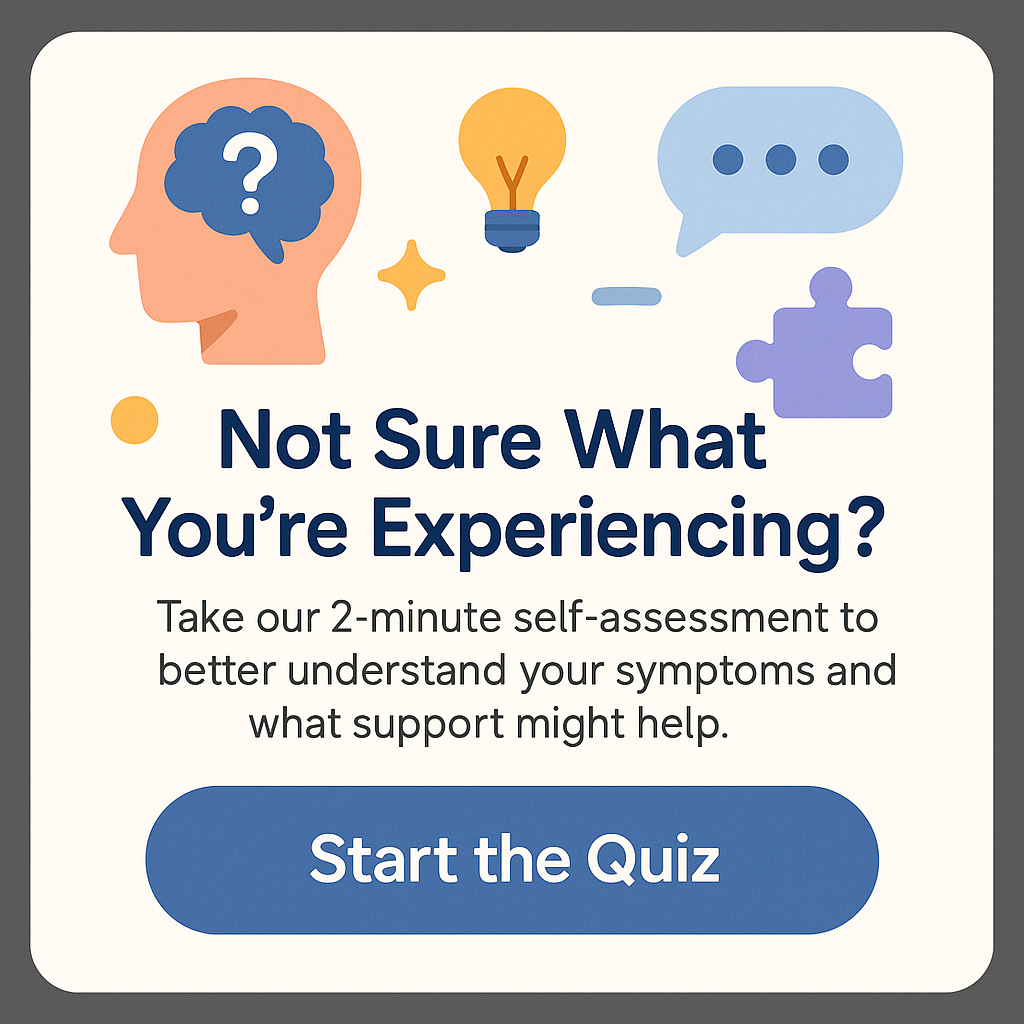What is the Success Rate of ABA Therapy?
Discover the success rate of ABA therapy and how it can impact lives. Applied Behavior Analysis (ABA) therapy has been a cornerstone in treating individuals with autism spectrum disorder (ASD) and various behavioral issues. Many families looking for support often ask, What is the success rate of ABA therapy? The answer to this question isn’t straightforward; it depends on various factors, including the individual’s unique situation, the specific goals of the therapy, and the intensity and duration of the treatment. This article aims to provide an in-depth exploration of the success rates of ABA therapy, the factors that influence it, and the outcomes that families can expect.
A Comprehensive Understanding of ABA Therapy
ABA therapy is a scientific approach that uses techniques and principles to bring about meaningful and positive changes in behavior. It is often utilized for individuals with ASD but has also been adapted for a variety of conditions, including developmental disorders and learning disabilities. The primary goal of ABA therapy is to improve specific behaviors while reducing undesired ones, ultimately helping individuals achieve greater independence and social skill development.
The methodology behind ABA therapy is grounded in principles of behaviorism. Through positive reinforcement (rewarding desirable behavior), prompting (ensuring the individual can perform a task), and data collection (tracking progress), therapists create structured plans tailored to individual needs. One of the crucial queries remains: What is the success rate of ABA therapy? To fathom this, we’ll need to delve into measured outcomes, effectiveness studies, and real-life experiences fulfilling the therapy’s objectives.
Success Rates and Effectiveness of ABA Therapy
When contemplating the success rate of ABA therapy, it’s essential to consider various metrics of success. Numerous studies indicate that ABA therapy can significantly improve core skills such as communication, social interaction, and daily living activities. According to research published in the journal “Behavior Analysis in Practice,” many children who engage in early intensive behavioral intervention (EIBI) through ABA therapy show dramatic improvements in their intellectual and adaptive functioning.
On average, ABA programs focusing on EIBI report success rates of around 30-50% in achieving significant gains for children with autism. This data suggests that while not every child will respond to ABA therapy with the same intensity, many will nonetheless gain valuable skills that can increase their quality of life. Factors influencing these success rates include:
- Age at Start of Therapy: Early intervention typically leads to better outcomes.
- Accessibility and Duration: Longer therapy sessions (20-40 hours a week) yield better results.
- Therapist Training: The effectiveness of therapy often hinges on the competence of the therapist.
- Family Involvement: Active parental engagement can complement ABA goals significantly.
While not a one-size-fits-all solution, the success rate of ABA therapy reinforces the essential nature of personalized treatment that fits an individual’s unique requirements. This reinforces the value of continuous assessment and adjustment of therapy techniques to optimize success.
Factors Influencing the Effectiveness of ABA Therapy
To authentically address the question, What is the success rate of ABA therapy?, we must observe external factors impacting its effectiveness. The components listed below significantly determine how effectively ABA therapy can work for individuals:
1. Individual Differences
Every child with autism presents a unique profile. Factors such as cognitive level, comorbid diagnoses, and even personality traits might influence their responses to ABA therapy. Personal attributes often guide the creation of tailored plans that accommodate specific strengths and weaknesses.
2. Quality of the Therapy Program
The quality of the applied behavior analysis program also plays a critical role in achieving positive outcomes. Programs that are well-structured, supervised by trained professionals, and foster an evidence-based approach have a higher likelihood of success. Additionally, data-driven programs that track progress continuously can adapt to the child’s evolving needs, improving overall treatment effectiveness.
3. Support System
Support from family members, caregivers, and educators is crucial. Children who receive consistent encouragement at home, alongside therapy, are much more likely to thrive. Having a strong support system also makes a considerable difference in keeping children motivated and engaged during therapy sessions.
4. Social Integration
Long-term success is often tied to how well the skills learned in therapy translate to real-world situations. Effective ABA therapy ensures children receive social integration opportunities, applying learned behaviors in the community, home, and school settings.
5. Cultural and Educational Context
The cultural background and educational environment can equally impact a child’s progress in ABA therapy. Tailoring interventions to fit into cultural norms and aligning with school curricula helps to ensure that the strategies utilized during therapy make sense and resonate with the family’s values.
Understanding these factors introduces a broader framework that illuminates why there might be variance in the success rates of ABA therapy across different individuals. By taking a holistic view of each child’s circumstances, therapists can better tailor interventions to enhance outcomes.
Real-World Outcomes and Testimonials
Seeing the success of ABA therapy in real life can better solidify its impact. Many families have shared their experiences through testimonials, illustrating the tangible improvements in their children’s behaviors and overall well-being:
Success Story 1: John’s Journey
John, an eight-year-old diagnosed with autism, enrolled in an intensive ABA therapy program at age three. His therapy cast a wide net, addressing communication, social skills, and even aggression management. Four years in, the family noticed immense changes. John now initiates conversations, actively plays with peers, and performed substantially better academically. Their story underscores the significance of early intervention and the intensity of ongoing therapy.
Success Story 2: Emily’s Transformation
Emily, diagnosed at age 5, struggled with meltdowns and social interactions. Her parents, in collaboration with a behavior analyst, created a tailored ABA program. Over two years, her progress was remarkable. Emily learned coping mechanisms for anxiety and now engages in meaningful play with other children. Her success story echoes the message that with a dedicated and personalized approach, the success rate of ABA therapy can be quite substantial.
These real-world outcomes exemplify the question of What is the success rate of ABA therapy?, painting a picture of how proper implementation can prompt astonishing transformations in behavior and social interactions.
Future Directions in ABA Therapy Research
As we seek to answer the question, What is the success rate of ABA therapy?, it’s essential to remain aware of the ongoing research and innovation within the field. The ABA model is evolving, thanks in part to success stories and data collected over the years. Emerging studies indicate that integrating technology into ABA therapy shows potential for improving accessibility and personalization.
For instance, online platforms and mobile applications that track behaviors, facilitate parent training, and provide remote consultations can enhance the quality of the therapy experience. Moreover, ongoing research continues to seek answers regarding the long-term effects of ABA therapy. With enhanced techniques and broader awareness, the success rate of ABA therapy stands to improve even further in coming years.
Conclusion
In closing, the question What is the success rate of ABA therapy? has a multi-faceted answer. While studies generally indicate favorable success rates, especially with early and intensive intervention, the individual nuances are crucial. Understanding the factors that impact the efficacy of ABA, hearing success stories from real families, and witnessing ongoing research adds depth to the conversation and expectations surrounding the success of ABA therapy.
As every individual is distinct, so too will be their journey with ABA therapy. It is crucial for families to remain engaged, informed, and proactive in shaping their child’s therapy experience. The future looks promising for ABA therapy, supported by continual research and patient-focused modifications that can only enhance its reputation as a vital treatment approach.
Frequently Asked Questions
1. Can ABA therapy be effective for adults?
Yes! While ABA therapy is commonly associated with children, many adults can also benefit from ABA techniques, especially in learning new skills or modifying problematic behaviors.
2. How long does a typical ABA therapy program last?
The duration of ABA therapy can vary widely depending on individual needs, with some programs lasting several months and others extending for years.
3. Is there any evidence that ABA therapy remains effective in the long term?
Yes, numerous studies have indicated that individuals who participate in intensive ABA therapy often show lasting improvements in skills and behavior long after therapy ends.
4. What is the role of parents in ABA therapy?
Parents play a crucial role in ABA therapy, as they can reinforce skills learned during sessions, help track progress, and provide consistent support at home.
5. Where can I find qualified ABA therapists?
You can find qualified ABA therapists through professional organizations, local clinics, your healthcare provider, or by searching databases such as the Association for Behavior Analysis International (ABAI).
What is the Best Lifestyle for Autism?
Can People with Autism Live Alone? Exploring Independence and Support







